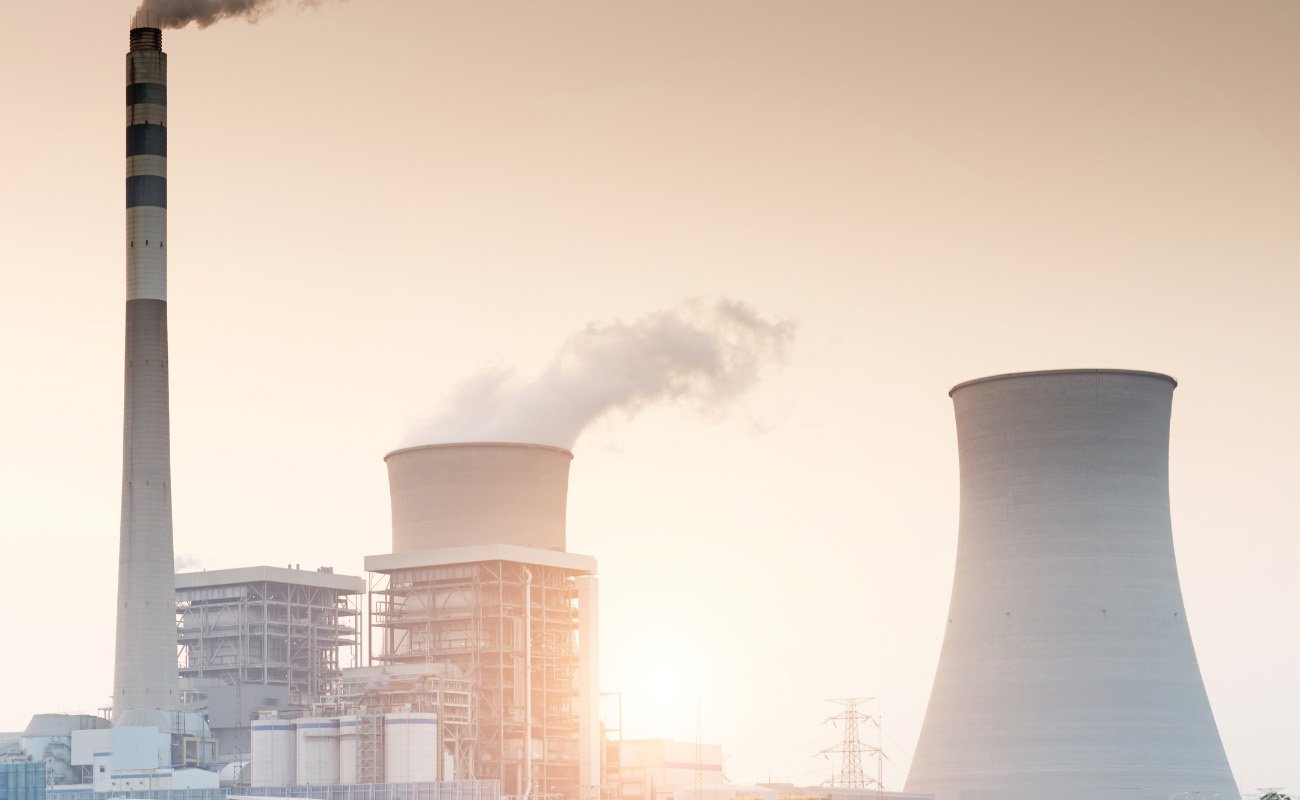World energy consumption – Some data

When we talk about world energy consumption in economics we refer to the measure of energy use produced from fuel or electricity, but also to its world production from the various energy sources. In physics, however, energy consumption implies an increase in entropy, in accordance with the second principle of thermodynamics. This principle states how the use of energy tends inexorably toward dispersion and consequent reduction of the possibilities of its use.
Initially at the early stages of a society's development, energy consumption correlates with increased quality of life, but above 110GJ per capita this relationship loses value.
To every age its own source of energy
Energy consumption increased with the Industrial Revolution, and by 1890, fossil fuel consumption equalled the biomass fuel burned in homes and industry. As a matter of interest, it should be known that in 1900 global energy consumption amounted to 0.7 Terawatt year.
In the last 40 years, however, the use of fossil fuels has increased, providing 86 percent of the energy consumed worldwide. Let us learn more about the global consumption of different energy sources.
Fossil fuel consumption
The 20th century saw the rapid increase in the use of fossil fuels, and it was coal that was the basis of the industrial revolution in the 18th, 19th, and 20th centuries. This fuel was used to heat water, generate steam, and move the locomotive and steam turbines in the early 1900s, while later being used to generate electricity and aid the propulsion of turbines.
Today coal is one of the most polluting energy sources because it emits large amounts of CO2 and sulphur dioxide as well as heavy metals during combustion. Today coal-fired plants, particularly in Asia and China, generate 25 percent of electricity worldwide.
Oil Consumption
The history of oil as a fuel begins in the 20th century when the British Royal Navy used it to move steam turbines faster as well as gain buoyancy. The use of oil as a fossil fuel experiences growth from 1920 until the oil shocks of 1973 and 1979, and today most OECD countries rely mainly on coal, nucleate and hydroelectricity to generate electricity and increase energy efficiency.
As of today, world oil consumption amounts to 87 million barrels per day and given the high prices only China, Iran and the U.S. manage to invest in reserves of this fuel. In Italy, there are many oil refineries that process this fuel to produce gasoline for self-consumption or export, and the residues (fuel oil first and foremost) are still used to generate electricity.
Nuclear energy consumption
2005, nuclear power constituted 6.3% of global primary energy supply. Electro-nuclear power generation in 2006 amounted to 2,658 TWh, which was 16% of the world's electricity production. In November 2007, there were 439 reactors in operation in the world 104 U.S., 59 France, 55 Japan, 31 Russia), with a total capacity of 372,002 MWe, this production covers 6.4% of all energy produced in the world, and 15% of the world's electricity.
Renewable energy consumption
2004, renewable energy provided around 7 percent of the energy consumed worldwide. In 2005, total new investment was estimated to be around $38 billion (38 x 109) US dollars. Germany and China led the ranking in 2005, with investments of around $7 billion each, followed by the United States, Spain, Japan, and India. This resulted in an increase in installed capacity of 35 GW.
It is precisely the 21st century that has seen the greatest growth in investment and consumption in renewable energy, and 2008 energy from these sources covered 19 percent of the world's energy needs, with new investments amounting to US$150 billion in 2009 for an increase in nominal capacity of 80GW in that year alone.
Italy's energy consumption in 2022
According to the Quarterly Analysis of the Italian Energy System published by ENEA, "Energy consumption still growing in Q1 2022 (+2.5%), up for the 5th consecutive quarter, although still below pre-pandemic levels. CO2 emissions are also up (about +8%) due to increased use of fossil fuels (about +7%) as a result of the contraction of electricity imports (-20.5%) and electric renewables (-9.5%), hurt by the collapse of hydropower (-40%) not offset by the increase in wind and solar (+11%) ones." At these levels, a cut of more than 100 million tons of CO2 over the next eight years will be needed to meet the new European Fit for 55 targets (55 percent reduction in EU net emissions by 2030 compared to 1990).
To learn more about energy and hydrocarbons and their use, the advice is to contact industry specialists such as Settala Gas, a company specializing in the production, transport, storage, and selling of these substances. Contact us for more information!




